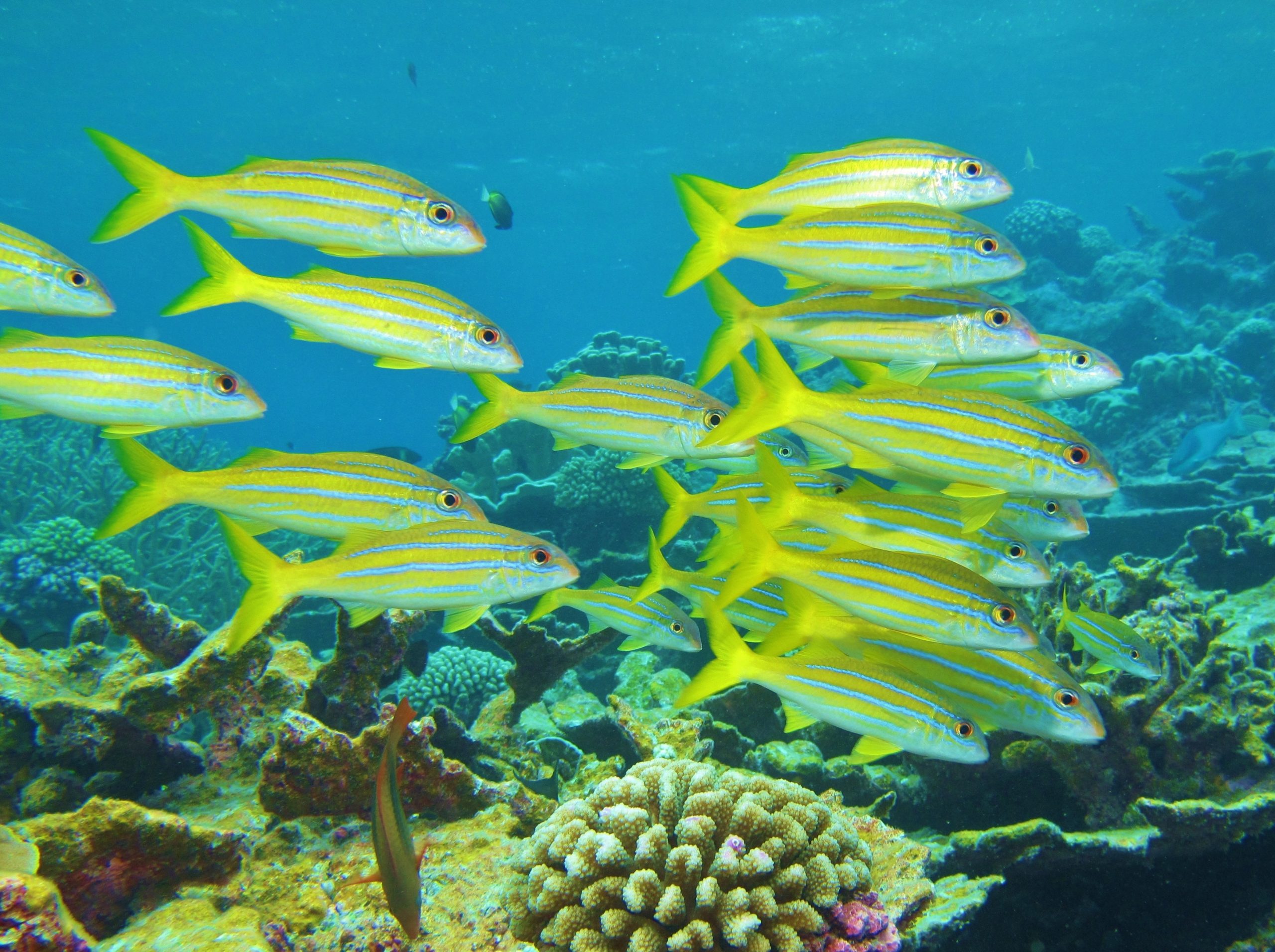You’ve probably heard about it in the news. You may even remember living through it in the early 80s and 90s. El Niño is here. It’s already impacting the Pacific Ocean and this August, the National Oceanic and Atmospheric Administration (NOAA) saw variances in sea surface temperatures near or greater than 2.0 degrees Celsius.
El Niño refers to warming waters in the tropical Pacific Ocean. Those warmer waters spread to the east, bringing with them a drastic change in weather patterns. Scientists predict that this year’s El Niño is extreme and may last through the spring of 2016.
That means trouble for coral reefs. In fact, NOAA recently announced that “bleaching due to heat stress is expected to impact approximately 38 percent of the world’s coral reefs—and almost 95% of those in U.S. waters.”
When water temperatures grow too warm, corals become stressed and oust the tiny algae that live in their tissues, called zooxanthellae. Corals and zooxanthellae have a mutually beneficial relationship that can be disrupted by changing temperatures. Without zooxanthellae, corals lose an important food source which significantly limits their ability to grow. Zooxanthellae are also responsible for giving corals their brilliant and vibrant colors—without them, corals bleach and turn a skeletal white color.
Coral bleaching isn’t necessarily the same thing as corals dying. Corals can survive bleaching events, but their survival is contingent on the how warm the water gets and how long the warm period lasts. They will, however, have a harder time recovering if they are already struggling or unhealthy. If there’s a back-to-back series of warm water events, and if corals are already stressed from overfishing and pollution, mortality rates can skyrocket. Given the local threats reefs face in many places, we can expect high coral mortality especially if this year’s El Niño is as strong as scientists predict. We’re disappointed to report that we’ve already seen coral bleaching in Hawai‘i and elsewhere in the Pacific.
The warm waters of an El Niño are also associated with an increase in the number of tropical cyclones. These weather events can cause a lot of physical destruction to a reef. If corals bleach, they have a hard time recovering—their growth is curtailed without their partner, zooxanthellae. The combination of increased water temperatures and storm activity can be a “double whammy” for coral reefs.
El Niño is a natural phenomenon and we can’t stop it. When you add an El Niño to an already stressed system its effects are more severe. So what can you do about it? You can reduce your emissions and advocate on behalf of clean energy. When you’re out diving you can report bleached corals to local reef managers or to ReefBase (www.ReefBase.org). You can also help us do what we do best—unite communities to reduce local threats. If reefs are healthy, with clean water and an abundant amount of fish life, we can expect the corals to come back later. If we combine our efforts across the globe we can help give corals a fighting chance at surviving these environmental changes.
